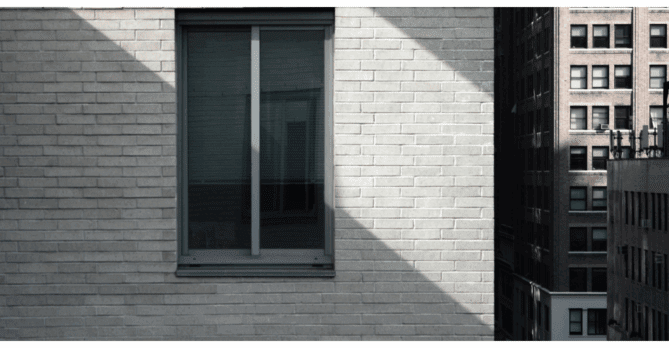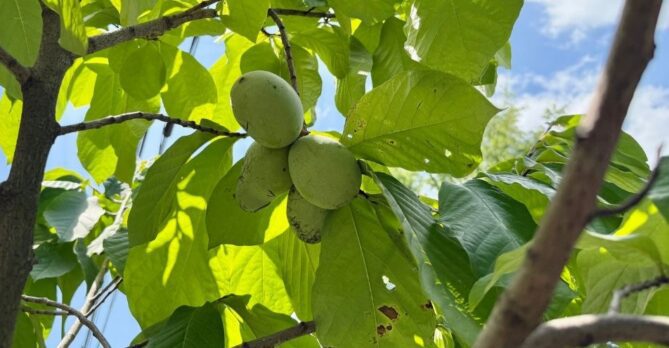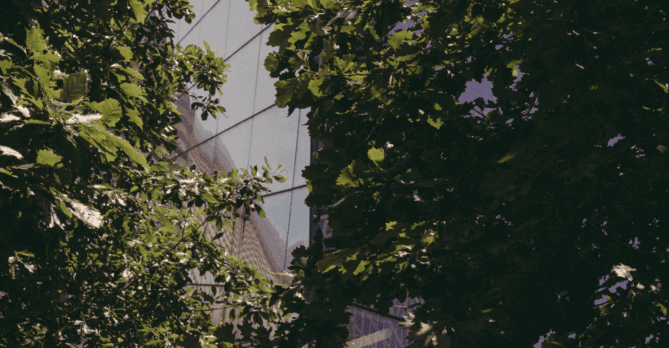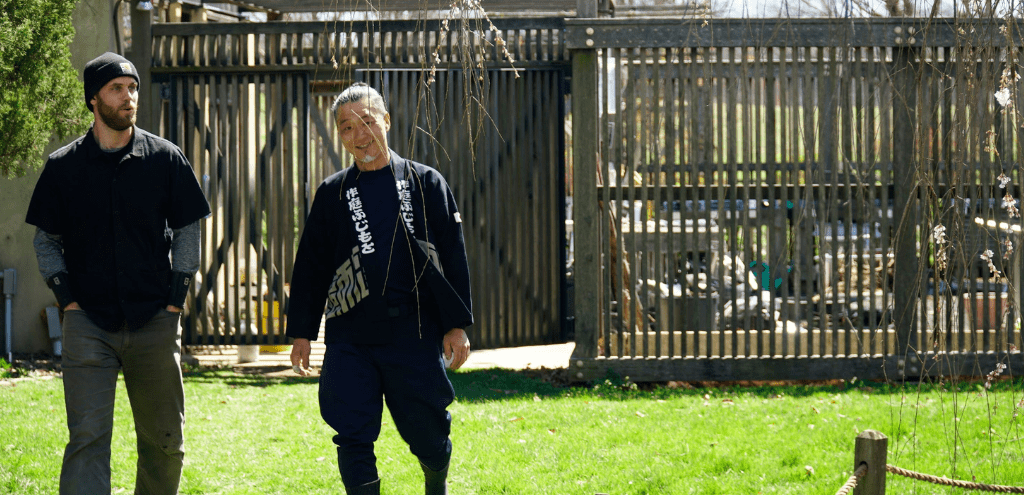
The Japan Information & Culture Center (JICC) and the U.S. National Arboretum recently held a remarkable event celebrating the beauty and preservation of cherry blossoms. This unique workshop, titled “Preserving Legacy: Cherry Blossom Conservation Workshop,” brought together experts and enthusiasts to explore the intricate art of Japanese tree conservation.
The workshop was conducted by Master Gardener Kurato Fujimoto, who is based in Kanazawa, located in Ishikawa Prefecture on the snowy west coast of Japan. He was joined by his American apprentice, Hans Friedl, a landscape architect and urbanist based in Chicago. Participants were treated to a hands-on experience with traditional Japanese tools and specialized techniques used to preserve some legacy cherry blossom trees at the U.S. National Arboretum. This workshop showcased the meticulous care these iconic trees require and highlighted the deep cultural significance of cherry blossoms in Japan.
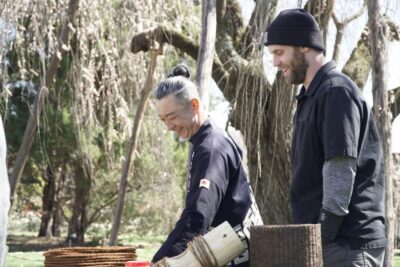
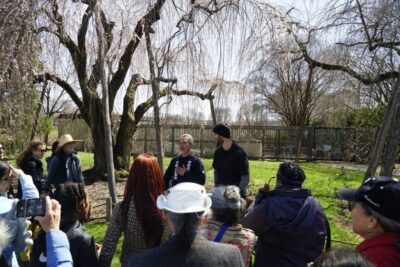
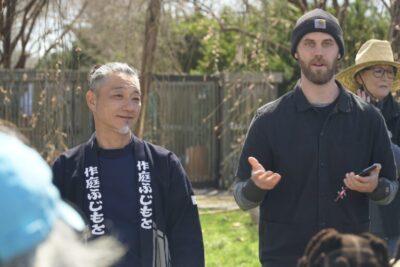

Cherry blossoms, referred to as “sakura” in Japan, have long been admired for their delicate beauty and deep symbolism. These fragile flowers represent the transient nature of life. When the blossoms bloom for a brief week each spring, they remind us of the fleeting moments of life and emphasize the importance of cherishing the present.
The event’s focus on conservation practices underscored the unique approach to tree care in Japan. Unlike Western arboricultural preferences for pruning, Japanese horticulturists have developed an array of structural supports to stabilize and rejuvenate ancient trees. These methods, including one-legged crutches, two-legged braces, rope tents, and tree wrapping, not only extend the lifespan of cherry trees but also symbolize a cultural commitment to nurturing long, healthy lives.
“Trees are the same as humans. When they are young, they grow and grow. Some illnesses and injuries can be cured on their own. But as we age, our healing powers decline. The question then becomes, what can we do to support these trees as they get older?” Fujimoto explained during the workshop.
“Some trees can be made thicker or stronger by pruning the branches, but I don’t think it’s a good idea. Cherry trees are classified as a soft tree, so if a branch breaks, water can enter and cause rotting, and pests can enter and cause disease. Rotting prevention measures are also necessary when cutting unnecessary branches. For this reason, we select the branches to preserve and support them so that they do not break due to the weight of the branches, the wind, or the snow. After this is done, we’re able to adjust the height and direction of the branches.”
Fujimoto uses wooden braces, called “hoozue,” to hold heavy branches in place and support the trees. In Japanese, “hoozue” comes from “hou,” meaning cheek, and “zue,” meaning cane. These braces, crafted from wood, rope, and palm fiber, gently support the tree like a hand resting on a cheek supports the head while the elbow is on a table.
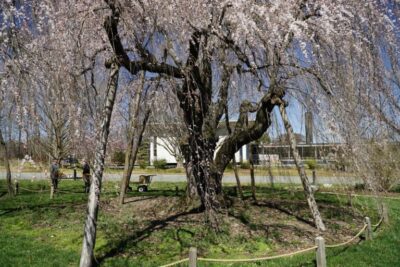
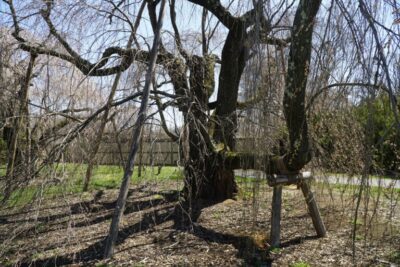


“A tree with a well-arranged shape will continue to live for hundreds of years, bloom repeatedly, and grow into a famous tree,” said Fujimoto, as he and Friedl stood in front of two weeping cherry blossoms (Prunus itosakura Pendula Group) on the grounds of the U.S. National Arboretum, estimated to be already over 75 years old.
When asked about the use of hoozue and other Japanese tree preservation techniques, and why they are not commonly employed in American arboriculture, Fujimoto’s American counterpart and apprentice, Friedl, explained: “American practices in arboriculture focus on structural pruning to reduce hazardous limbs and promote a healthy tree form. The use of external supports like hoozue is not a common or accepted practice here. However, since the U.S. National Arboretum is also a research facility, they are willing to try this technique in order to learn more, collaborate cross-culturally, and study the trees over time.”
Following the workshop, Ron Henderson, Professor of Landscape Architecture and Urbanism at the Illinois Institute of Technology, guided attendees through the exhibit featuring his work, called Sakura Orihon: Diary of a Cherry Blossom Journey. This exhibit chronicles Dr. Henderson’s experience in Japan following cherry blossom trees from south to north as a recipient of the U.S.-Japan Friendship Artist Fellowship. He recorded his experience in folding sketchbooks (called “orihon”). His journals celebrate the cherry blossom culture in Japan and focus on some of the same preservation techniques used by Fujimoto and Friedl at the Arboretum.
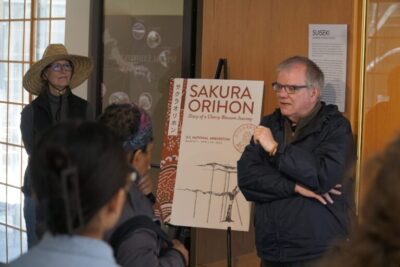
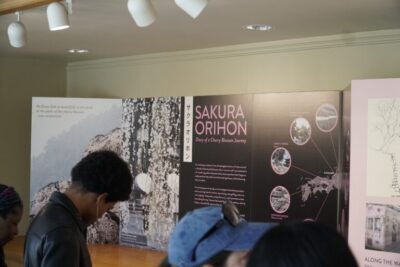
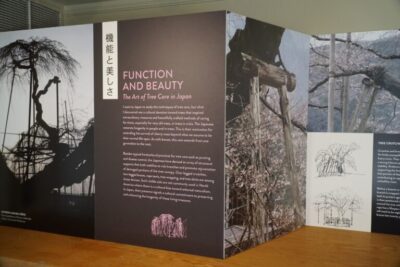
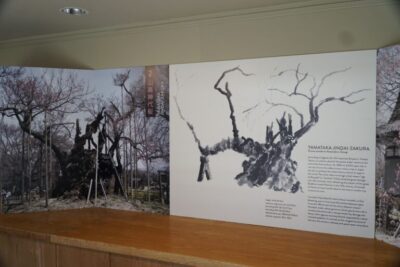
By sharing traditional Japanese horticultural practices and the profound cultural significance of cherry blossoms, the event offered participants a deeper connection to both nature and cultural heritage. The cherry blossoms, with their brief yet magnificent display, teach us to appreciate the beauty of the moment while nurturing enduring bonds that transcend borders and time. It reminds us that by working together and sharing knowledge across cultures, we can preserve the legacy of these beloved trees for generations to come.
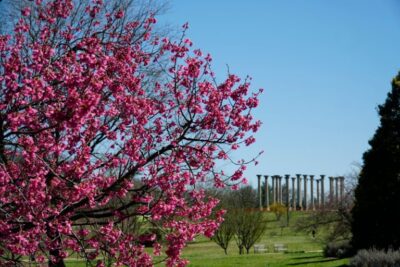

Interested in touring the U.S. National Arboretum? The Sakura Orihon exhibit is on display until April 20th, 2025, and the Arboretum publishes a self-guided tour brochure of cherry blossoms to follow throughout its grounds. Alternatively, see cherry blossoms near you using Casey Trees’ map at caseytrees.org/cherry-map!
